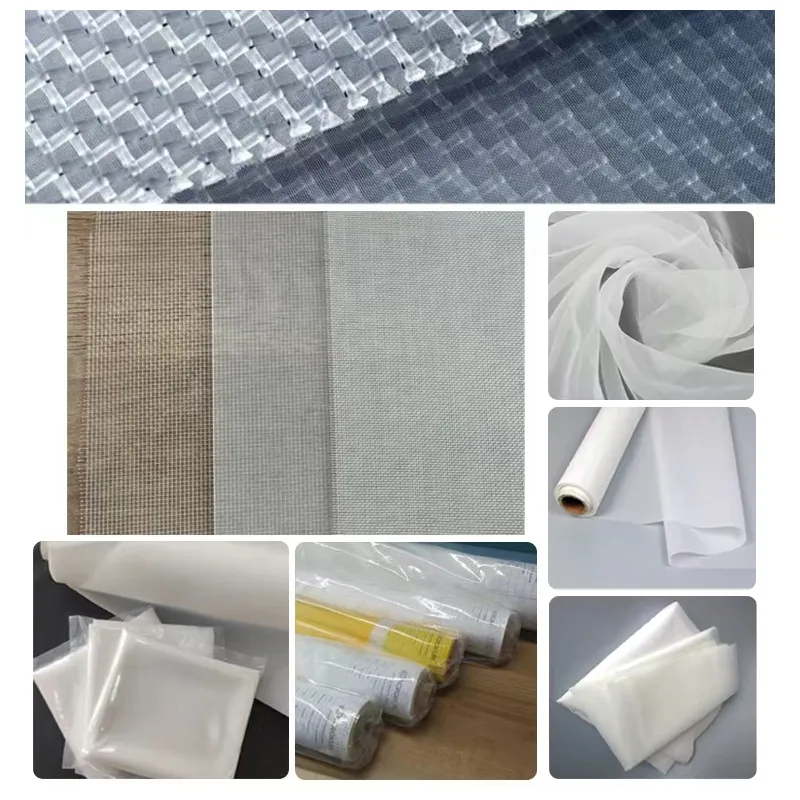-
 Afrikaans
Afrikaans -
 Albanian
Albanian -
 Amharic
Amharic -
 Arabic
Arabic -
 Armenian
Armenian -
 Azerbaijani
Azerbaijani -
 Basque
Basque -
 Belarusian
Belarusian -
 Bengali
Bengali -
 Bosnian
Bosnian -
 Bulgarian
Bulgarian -
 Catalan
Catalan -
 Cebuano
Cebuano -
 China
China -
 Corsican
Corsican -
 Croatian
Croatian -
 Czech
Czech -
 Danish
Danish -
 Dutch
Dutch -
 English
English -
 Esperanto
Esperanto -
 Estonian
Estonian -
 Finnish
Finnish -
 French
French -
 Frisian
Frisian -
 Galician
Galician -
 Georgian
Georgian -
 German
German -
 Greek
Greek -
 Gujarati
Gujarati -
 Haitian Creole
Haitian Creole -
 hausa
hausa -
 hawaiian
hawaiian -
 Hebrew
Hebrew -
 Hindi
Hindi -
 Miao
Miao -
 Hungarian
Hungarian -
 Icelandic
Icelandic -
 igbo
igbo -
 Indonesian
Indonesian -
 irish
irish -
 Italian
Italian -
 Japanese
Japanese -
 Javanese
Javanese -
 Kannada
Kannada -
 kazakh
kazakh -
 Khmer
Khmer -
 Rwandese
Rwandese -
 Korean
Korean -
 Kurdish
Kurdish -
 Kyrgyz
Kyrgyz -
 Lao
Lao -
 Latin
Latin -
 Latvian
Latvian -
 Lithuanian
Lithuanian -
 Luxembourgish
Luxembourgish -
 Macedonian
Macedonian -
 Malgashi
Malgashi -
 Malay
Malay -
 Malayalam
Malayalam -
 Maltese
Maltese -
 Maori
Maori -
 Marathi
Marathi -
 Mongolian
Mongolian -
 Myanmar
Myanmar -
 Nepali
Nepali -
 Norwegian
Norwegian -
 Norwegian
Norwegian -
 Occitan
Occitan -
 Pashto
Pashto -
 Persian
Persian -
 Polish
Polish -
 Portuguese
Portuguese -
 Punjabi
Punjabi -
 Romanian
Romanian -
 Russian
Russian -
 Samoan
Samoan -
 Scottish Gaelic
Scottish Gaelic -
 Serbian
Serbian -
 Sesotho
Sesotho -
 Shona
Shona -
 Sindhi
Sindhi -
 Sinhala
Sinhala -
 Slovak
Slovak -
 Slovenian
Slovenian -
 Somali
Somali -
 Spanish
Spanish -
 Sundanese
Sundanese -
 Swahili
Swahili -
 Swedish
Swedish -
 Tagalog
Tagalog -
 Tajik
Tajik -
 Tamil
Tamil -
 Tatar
Tatar -
 Telugu
Telugu -
 Thai
Thai -
 Turkish
Turkish -
 Turkmen
Turkmen -
 Ukrainian
Ukrainian -
 Urdu
Urdu -
 Uighur
Uighur -
 Uzbek
Uzbek -
 Vietnamese
Vietnamese -
 Welsh
Welsh -
 Bantu
Bantu -
 Yiddish
Yiddish -
 Yoruba
Yoruba -
 Zulu
Zulu
dust netting
Dust Netting A Shield Against Airborne Particulates
In today's rapidly advancing world, pollution and environmental degradation have become pressing concerns, especially in urban and industrial areas. Among the many pollutants that loom over our cities, dust is a persistent and often overlooked problem. Dust particles can have significant health implications, contributing to respiratory issues and aggravating existing health conditions. To combat this issue, dust netting has emerged as an effective solution, serving as a protective barrier against airborne particulates.
Dust netting, also known as dust control netting or windbreak netting, is specifically designed to reduce the dispersion of dust and fine particles in the atmosphere. Composed of durable materials such as polyethylene or polypropylene, this netting technology catches and contains dust as it is blown by the wind. The effectiveness of dust netting lies in its ability to create a physical barrier that prevents dust from becoming airborne, particularly in construction sites, mining operations, and agricultural fields.
One of the primary benefits of using dust netting is its impact on public health. Airborne dust can carry harmful particles that lead to serious health problems, including asthma, bronchitis, and other respiratory diseases. By implementing dust netting in areas where dust production is inevitable, we can significantly reduce airborne particulates, thereby mitigating health risks for workers and nearby residents. This is especially crucial in communities close to industrial activities or during dry seasons when dust storms are more likely to occur.
dust netting

Moreover, dust netting plays a pivotal role in protecting the environment. Dust can not only harm human health but also adversely affect wildlife and vegetation. Excessive dust can smother plants, disrupt photosynthesis, and reduce agricultural yields. By utilizing dust netting, farmers and landowners can safeguard their crops, leading to improved agricultural productivity and healthier ecosystems.
In addition to health and environmental benefits, dust netting can also promote economic advantages. For construction and mining companies, effective dust control can lead to compliance with environmental regulations, thus avoiding potential fines and legal issues. Healthy work environments can also lead to increased productivity among workers, as they are less likely to suffer from dust-related health problems.
Furthermore, the installation of dust netting is a practical solution that requires minimal maintenance, making it a cost-effective choice for long-term dust management strategies. It can be easily deployed and adapted to various settings, from large-scale construction sites to smaller agricultural operations.
In conclusion, dust netting serves as a vital tool in the fight against airborne dust pollution. By reducing health risks, protecting the environment, and offering economic benefits, dust netting is not just a necessary measure but a responsible choice for safeguarding the well-being of our communities and natural ecosystems. As we continue to address the challenges posed by pollution, innovative solutions like dust netting will play an integral role in ensuring a healthier and more sustainable future.
-
Shipping Plastic Bags for Every NeedNewsJul.24,2025
-
Safety Netting: Your Shield in ConstructionNewsJul.24,2025
-
Plastic Mesh Netting for Everyday UseNewsJul.24,2025
-
Nylon Netting for Every UseNewsJul.24,2025
-
Mesh Breeder Box for Fish TanksNewsJul.24,2025
-
Expanded Steel Mesh Offers Durable VersatilityNewsJul.24,2025











